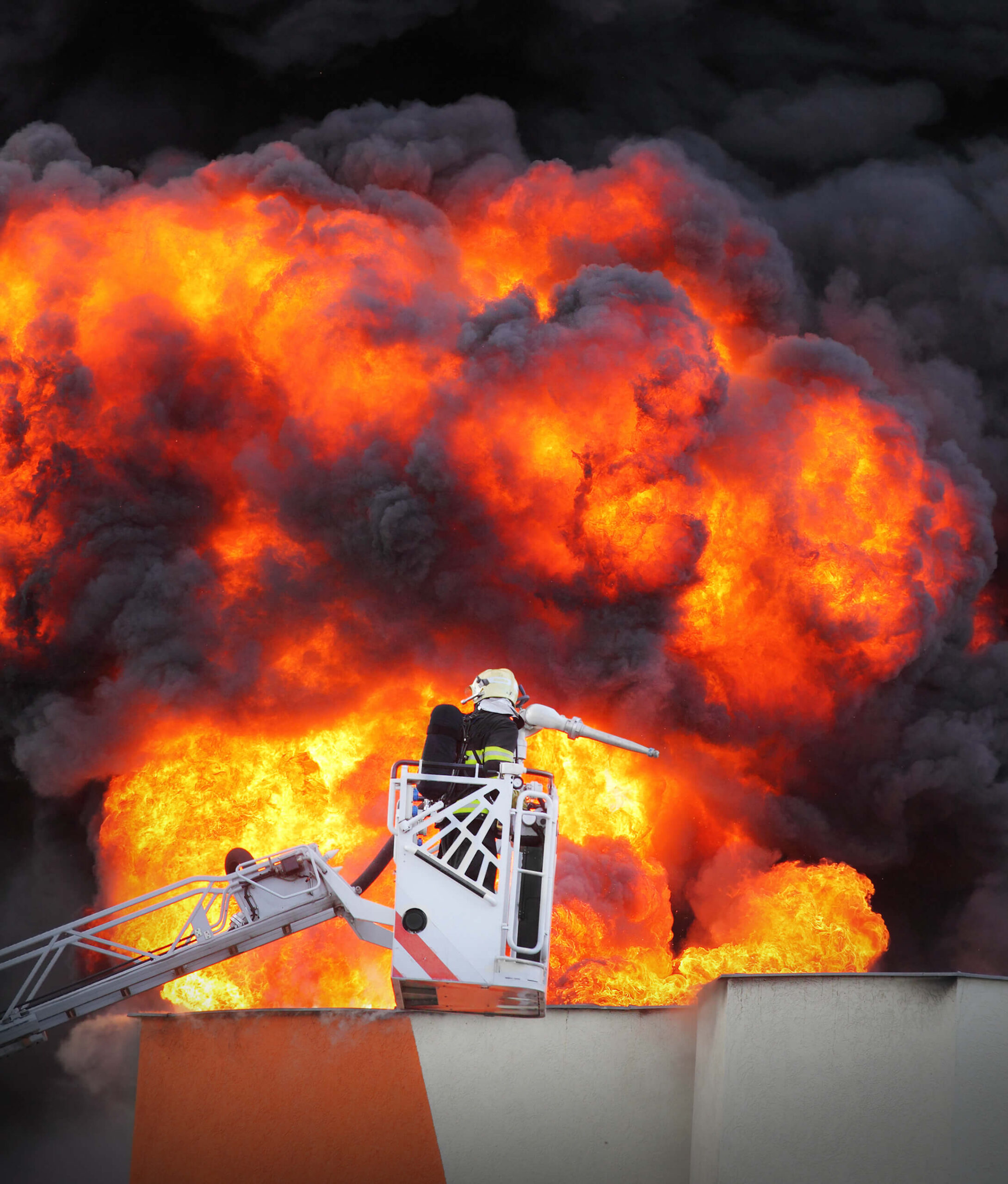Search
Can Computer-based Process Safety Training be Effective?

Deep down, we all kind of know it. Hours spent on computer-based training is not quite the same thing as ‘live’ training given by a specialist, with questions sessions, group discussions and perhaps even on-plant visits to really drive home understanding. So, is this deep-down feeling justified or are the older ones among us just a bit stuck in the past? The question we pose is ‘can computer-based training in process safety ever be as effective as good process safety training delivered by a human being?’
This is an important question. OSHA requires (and it’s the law) that employers provide training to workers who face hazards on the job. There is also a tendency in this decade to turn almost naturally to Information Technology [IT] and The Internet for almost everything, but is this the right thing to do?
Let’s be a bit more specific before we launch into the answers. Let’s agree that training for competency in Process Safety – as contrasted with “awareness” training – should result in a mastery of the subject such that the trained individual can contribute effectively to process hazards identification and risk reduction. We would argue that this is a very reasonable objective to have for any organization that commissions training for its staff.
So, can computer-based training ever be as effective as providing the required ‘mastery’ as good-old process safety training by a human….?
First answer: Well, OSHA appears to think not. In a recent reported article (ref. 1), OSHA has declared that “Training with no interaction, or delayed interaction, between the trainer and trainee may halt or negatively affect the trainees’ ability to understand and/or retain the training material” and also “Training that does not provide workers with hands-on training would NOT comply with the Agency’s training requirements”. A pretty clear and critical stance!
Second answer: At Stonehouse Process Safety, most of our process safety specialists have been providing in-company process safety training to management, engineering, and operating staff for well over three decades. We’ve seen what works and what doesn’t. Yes, some good stand-up talking with informative PowerPoint illustrations does work, provided it is mixed with other media. Small group discussions always go down well provided that the groups are well formed and moderated. It is interaction between people that really develops understanding. And for in-company training, one of the real winners is to include situations taken from the company’s own plant – ideally with photographs. Lots of interaction between trainer and audience is always encouraged and, if the questions do not flow freely, then “we always have a few tricks up our sleeve to encourage interaction”, says Stonehouse CEO and experienced process safety trainer”, Dr. Vahid Ebadat.
Dr. Ebadat goes on to say that one of his all-time favourites is to present ‘case histories’ taken from the Stonehouse library. These can be presented as simple descriptions as to what went wrong – or else be given as an exercise to attendees to work out the cause and remedy. These cases can also be selected from industries similar to that of our client.
Third Answer: Our consultants can testify as to how they acquired their process safety expertise.
Stonehouse veteran process safety specialist Dick Prugh says that although all the reading and study helped, it is only his years of participation in process safety teams at one of the world’s largest chemical companies that has led co-workers and authorities to consider him as a “subject matter expert”. Wide varieties of hazards analyses, involvement in incident investigations, safety-oriented interactions with plant personal, and involvement in laboratory explosion-hazards testing all helped enormously, he said.
Stonehouse Director Paul Cartwright says that he really began to understand combustible dust explosions when he had the opportunity to create dust explosions in the company’s explosion test labs (such as those at Stonehouse). “You can initiate the spark, feel the explosion in your chest, and experience the brilliance of the light flash. You can also change dust concentrations, try other powders, use different ignition sources, and examine explosion effects. The question dawns on you that if 5 grams of confectioners’ sugar can do that, what can several kilograms or several tons do? Respect the powder.”
The Solution: It is clear that computer-based safety training has a place. It is equally clear that such training alone is not going to be enough to provide mastery of Process Safety such that the trained individual can contribute effectively to hazard identification and risk reduction. At Stonehouse, we provide process safety training to companies large and small in North America and overseas. We have seen what works and have devised our ‘Process Safety Competency’ offerings accordingly. We believe in providing:
In-company workshops – that are tailored specifically for each client. The workshops are interactive, have directly relevant case histories to discuss, and involve group work. They even can include plant visits and, if held at our site, explosion demonstrations.
Mentoring programs – where we provide one-on-one support for members of process safety staff, providing world-class expertise through verbal/phone or email communication.
Organization Process Safety Competency – gap filling, to ensure that the full complement of necessary experience would be available in-house for our clients.
And, of course we believe in spreading the word through public courses on a whole host of process safety topics.
If you would like to know more about our process safety competency and training work, please read more here, give us a call, or contact us here.
Reference
- “EHS Today” (December 2019).

Get in touch
To learn more about our expertise and services in dust explosion prevention & mitigation, call us at +1 609 455 0001 or email us at [email protected] today.
We also offer tailored virtual and in-company process safety training programs on Dust Explosions, Static Electricity and HAC (Hazardous Area Classification) and more. Find further information here.












